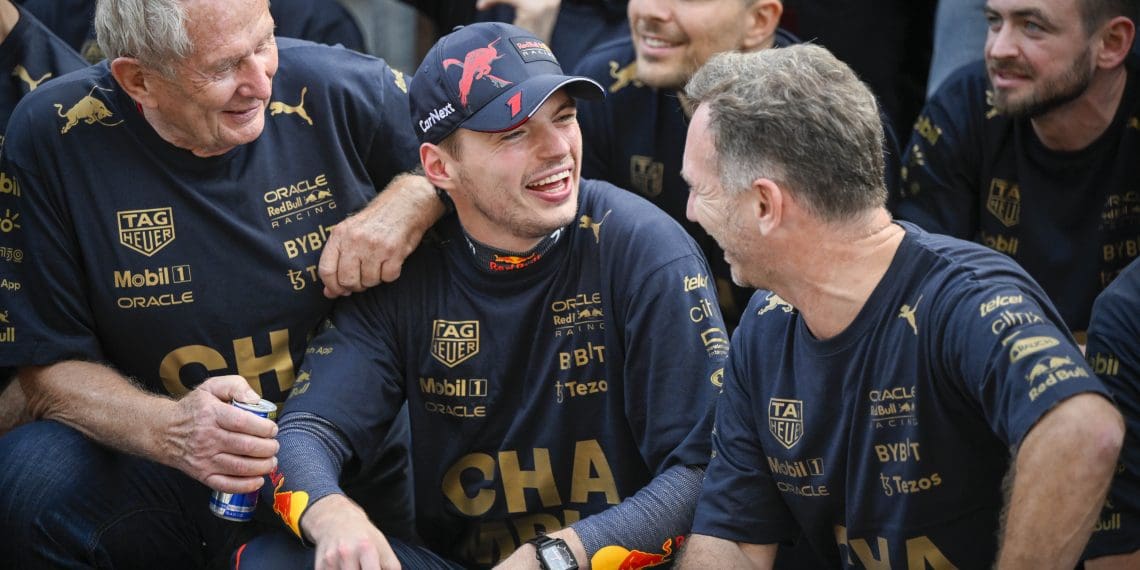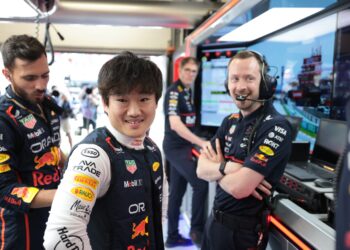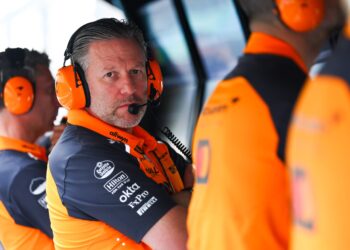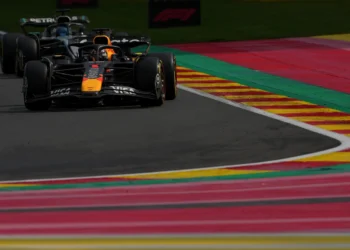In the high-octane world of Formula 1, few teams have a history as polarizing as Red Bull Racing. While the Milton Keynes squad has produced some of the greatest drivers in F1 history, ex-F1 star Juan Pablo Montoya has called out the team for its cutthroat approach to talent development, claiming it left many drivers in its wake—scorched and discarded.
Montoya’s Missed Red Bull Opportunity
Juan Pablo Montoya, known for his fiery demeanor and blistering speed, reflected on a pivotal moment in his career when Red Bull entered F1 in 2005. The Colombian revealed that he had been approached by the team, but their meager financial offer—a paltry “two pesos,” as he put it—led him to decline.
“Red Bull offered me two pesos, and it took them four years to win. They would have burnt me,” Montoya said, pulling no punches in his criticism of the team’s early struggles and lack of competitive machinery.
The Red Bull Driver Conveyor Belt
Montoya’s remarks highlight a long-standing narrative about Red Bull’s treatment of its drivers. The team’s strategy of cycling through talents in pursuit of perfection has often been controversial. According to Montoya, the team’s early failures were less about the drivers and more about their own shortcomings. Yet, rather than acknowledge their faults, Montoya alleges, Red Bull simply replaced drivers until they found the right fit.
“By the time Red Bull was ready to fight for the championship, they’d probably blamed the driver and moved on to the next one,” Montoya stated, pointing to veteran driver David Coulthard as an example.
“Coulthard took the seat that was mine, if I wanted it,” he added, suggesting that even experienced talents were ultimately expendable in Red Bull’s relentless pursuit of success.
A Career of Missed Potential
For Montoya, the story is bittersweet. With seven career wins for Williams and McLaren, he demonstrated the skill to compete at the highest level but never had the opportunity to pilot a championship-winning car. “The only thing I really needed in F1 was to be a champion. And there wasn’t an opportunity to be in a car to be a champion,” Montoya admitted.
Had Montoya joined Red Bull, he speculates he would have been another casualty of their early struggles—just one more driver discarded before the team finally found its championship-winning form in 2010.
A Pattern of ‘Burning’ Drivers
Montoya’s claims echo a sentiment shared by many in the F1 community: Red Bull’s history of prioritizing results over nurturing talent. Secondary drivers often find themselves overshadowed by the team’s chosen star. From the Sebastian Vettel-Mark Webber dynamic to the dominance of Max Verstappen today, Red Bull has consistently positioned itself as a team built around a single driver, with the second seat often feeling like a poisoned chalice.
The struggles of drivers like Pierre Gasly and Alex Albon—both unable to match Verstappen’s performance—underscore this reality. While Red Bull’s development program has produced megastars, it has also left behind a trail of careers that never reached their full potential.
Red Bull’s Evolution
To their credit, Red Bull has transformed dramatically since their early days. Now a dominant force in F1, the team is synonymous with precision engineering, strategic brilliance, and championship glory. But Montoya’s comments serve as a reminder of the growing pains that defined their formative years—and the human cost of their relentless ambition.
As Formula 1 evolves, Red Bull’s approach to managing drivers will remain under scrutiny. Will they continue their single-driver focus, or will they embrace a more balanced dynamic? Only time will tell.













